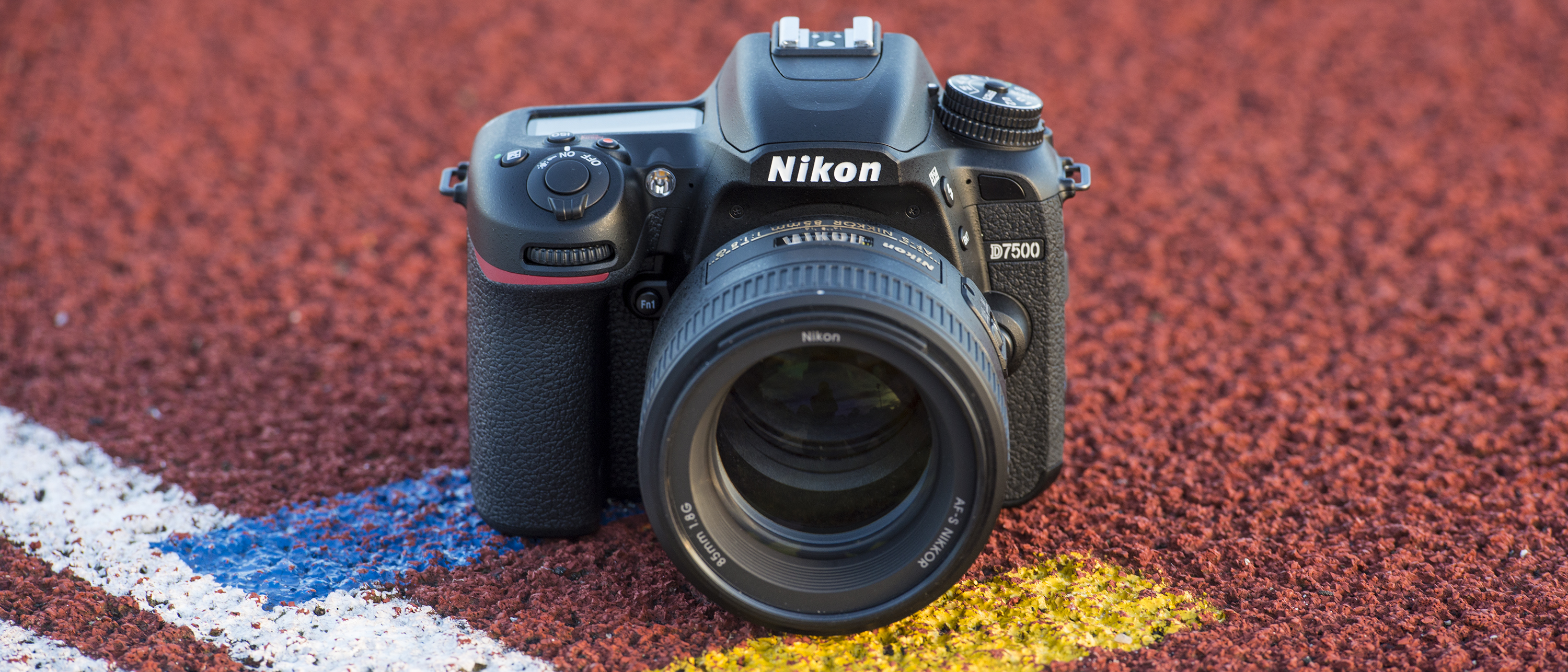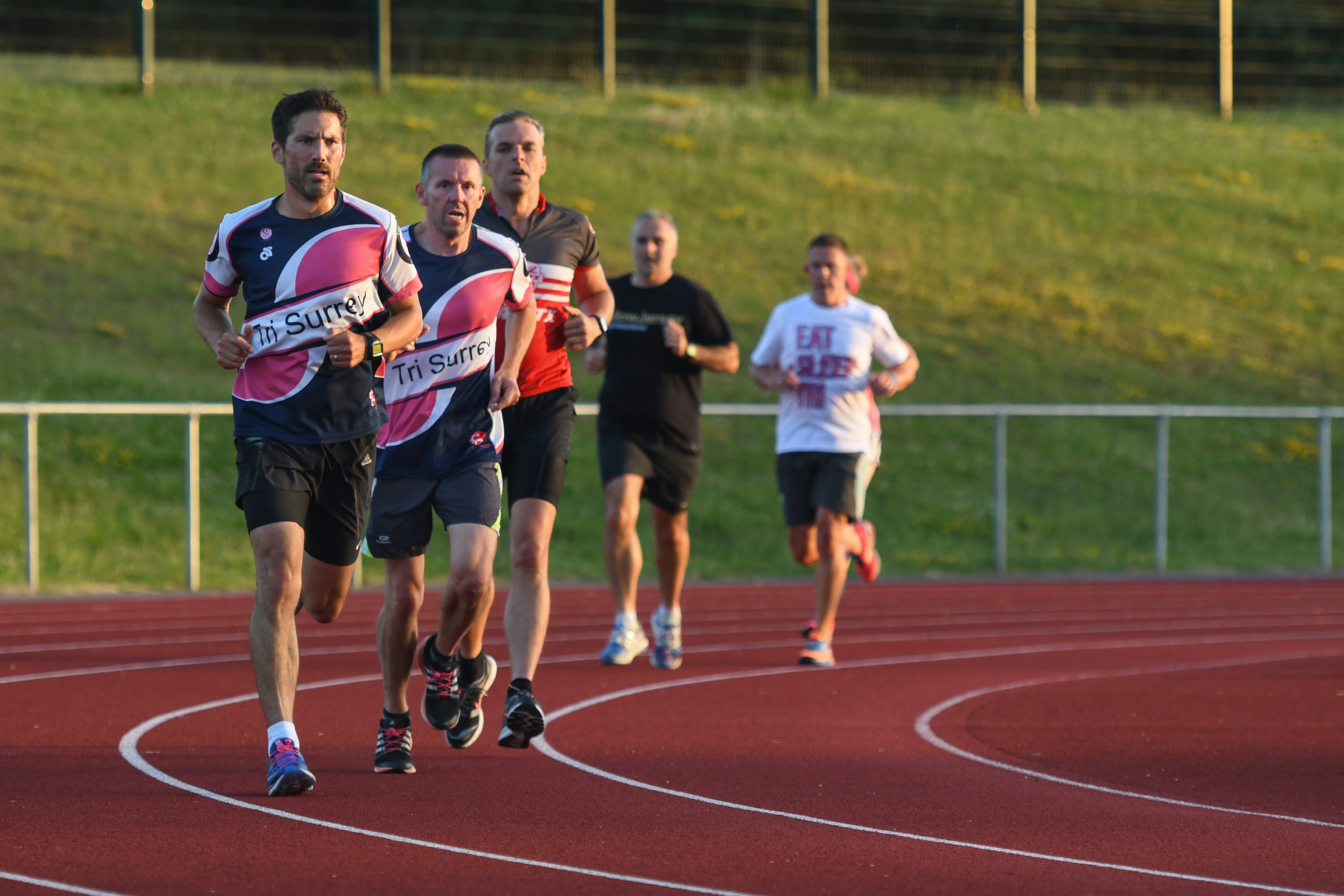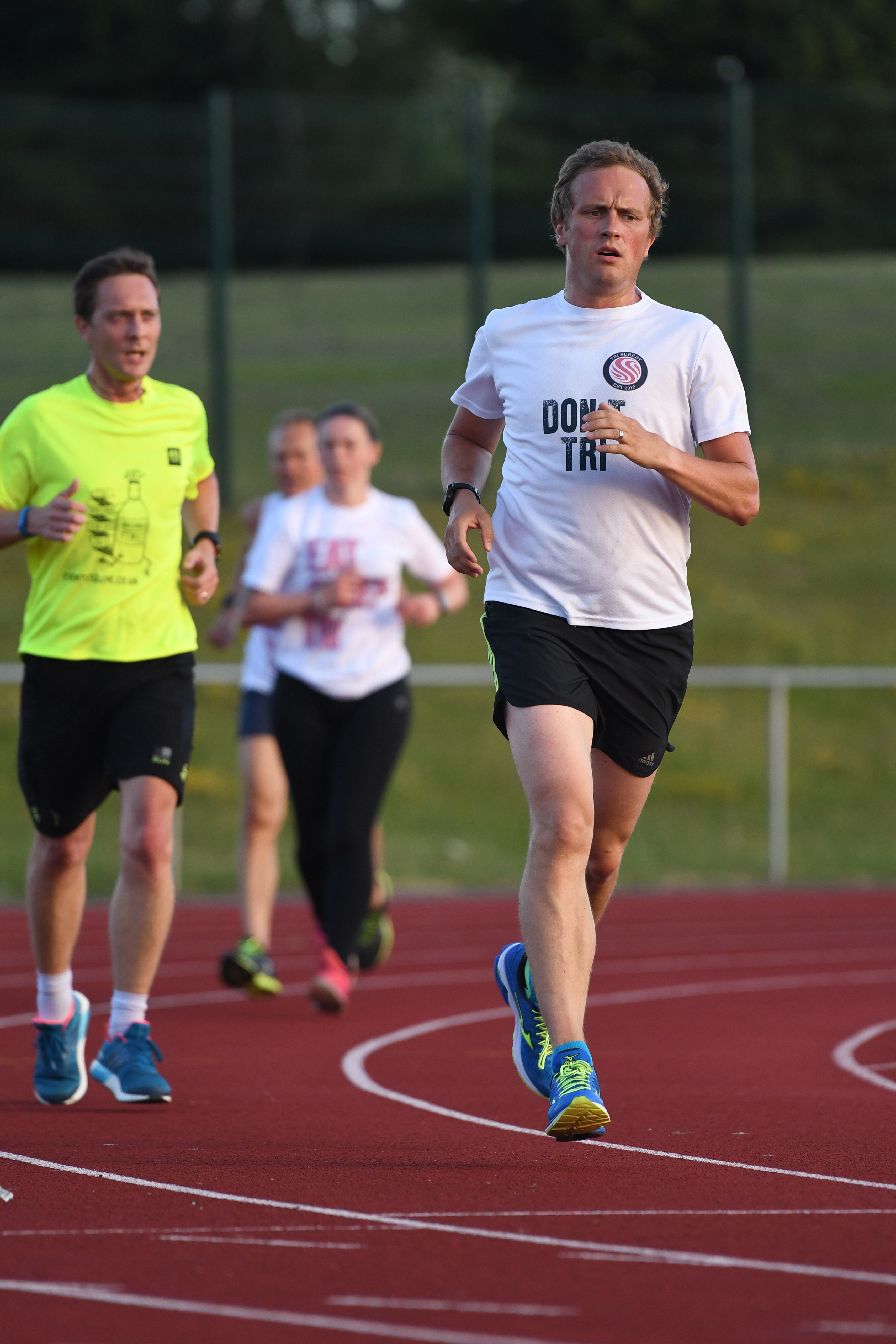Why you can trust TechRadar
Build and handling
- Weighs 640g / 1lb 6.6oz
- 5% lighter than the D7200
- Comprehensive weather sealing
The Nikon D7500 is 5% lighter than the now discontinued D7200 (and 16% lighter than the D500), and tips the scales at a modest 640g / 1lb 6.6oz. Despite this minor weight saving though, it feels reassuringly solid in the hand.
Compared to the D7200 the handgrip is that bit deeper, and this, combined with the soft-texture coatings on the front and rear of the grip, ensures that the D7500 feels secure and comfortable in the hand.
The D7500 is chunky enough that when we held the camera our little finger didn't slip off the bottom of the grip, which is just as well as those who want even better purchase and a more comfortable vertical shooting experience will be disappointed to hear that currently there isn't an optional vertical grip available.
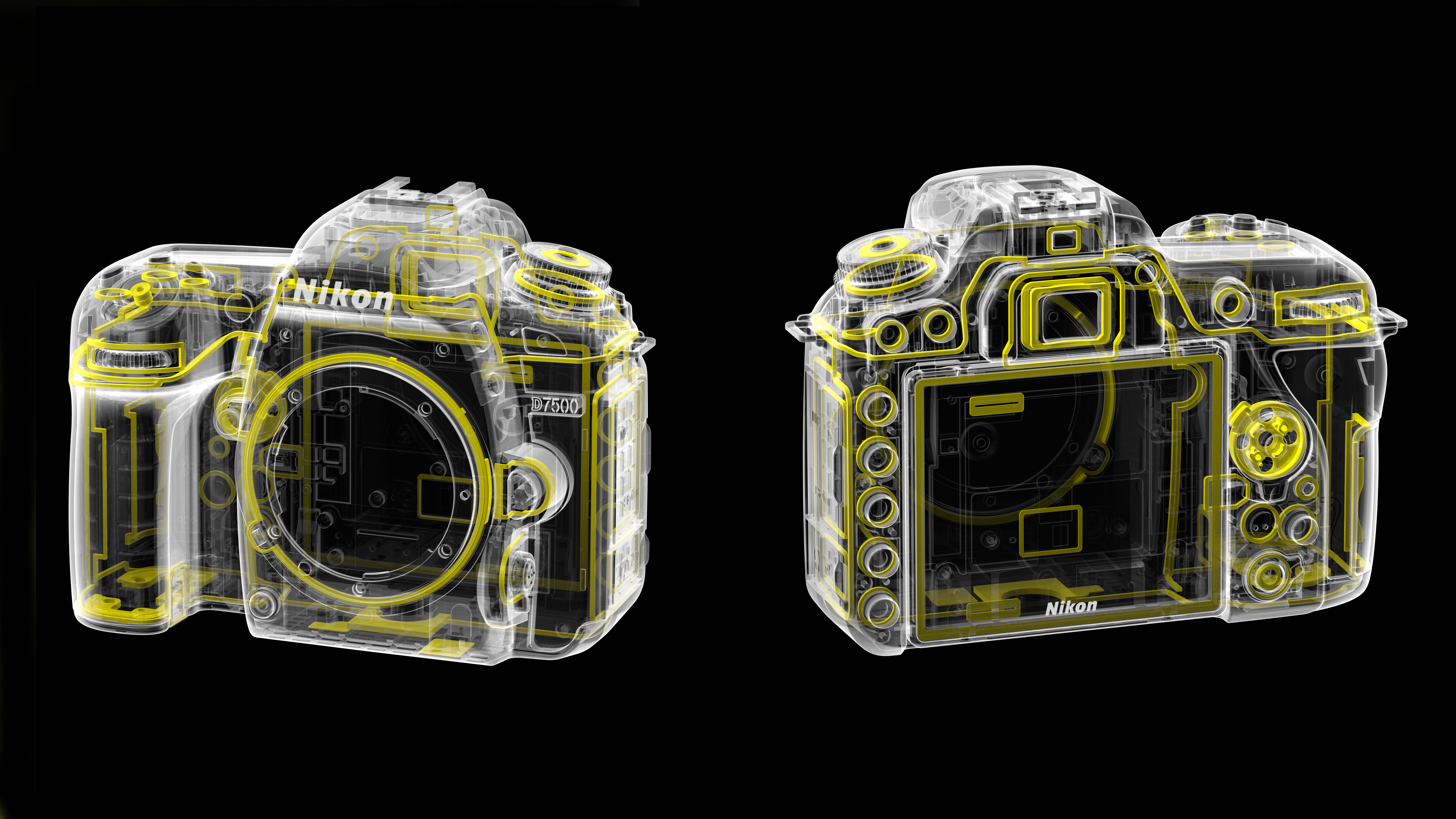
Like the discontinued D7200, the D7500 is weather-proofed, so you'll be able to keep shooting when the elements turn against you. Interestingly, the magnesium alloy panels in the D7200's construction disappeared, and were replaced by a single monocoque construction in an effort to save weight, although despite this apparently retrograde step it still feels like a well-made piece of kit for the price – it certainly doesn't feel plasticky.
There have also been some tweaks to the Nikon D7500's button placement.
On the top plate the metering mode button has disappeared, to be replaced by a dedicated ISO button, as we saw on the D500. Its position has shifted slightly to be closer to the exposure compensation control, making it easier to reach when the camera is raised to your eye.
Moving round the back of the D7500, the general control layout is virtually identical to its predecessor. Metering mode now takes the spot vacated by the ISO control, while the 'info' and 'i' buttons have swapped sides.
Sign up for breaking news, reviews, opinion, top tech deals, and more.


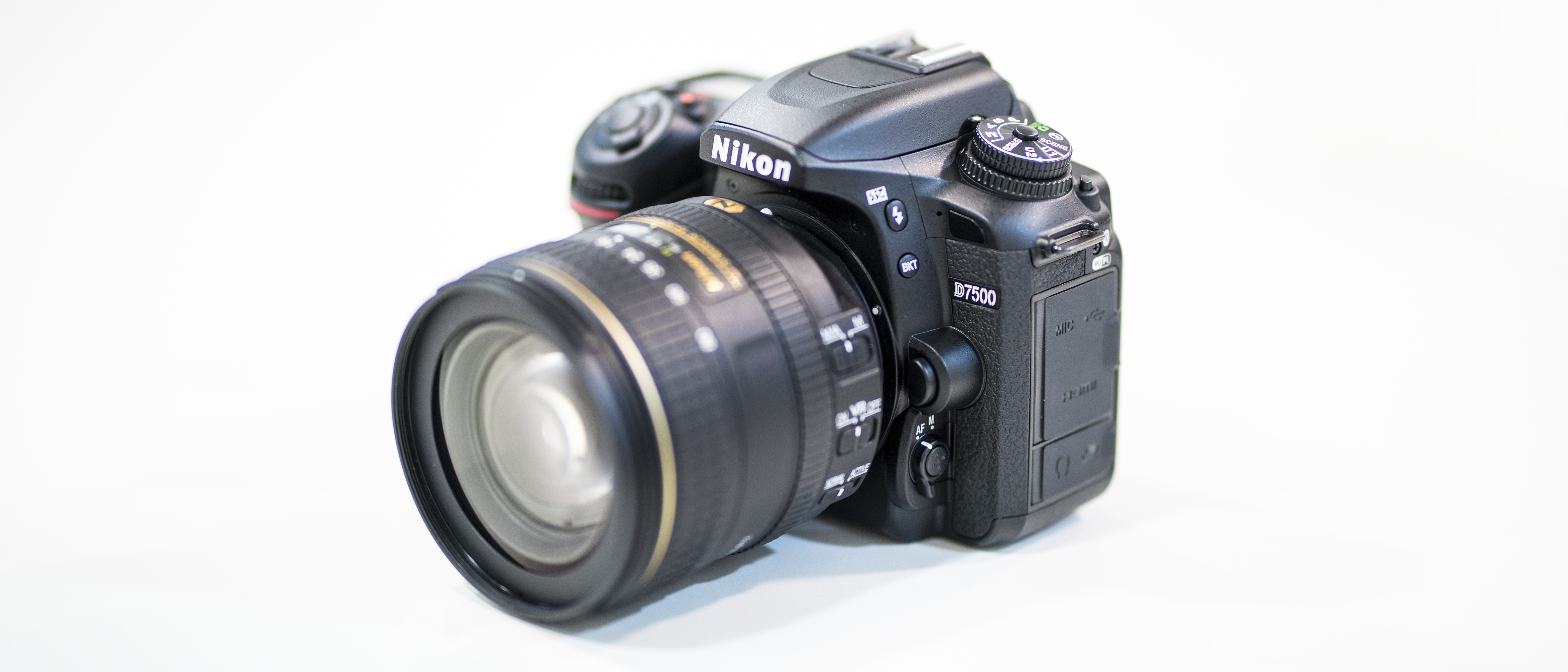
The rear display is a touch slimmer than the D500's when you pull it out and away from the body. It can be tilted downwards and upwards, and while touchscreens are now commonplace on mirrorless cameras, it was great to see one arrive on a Nikon DSLR when we reviewed the D7500 in 2017.
There's obviously tap-to-focus control (you can also tap the area of the screen where you want to focus and trigger the shutter at the same time), while the touchscreen makes reviewing images that much quicker too – you can swipe through photos and pinch-zoom images. The menus can also be navigated via the touchscreen, which was a first for a Nikon DSLR.
The drop in screen resolution, to 922,000 dots from the D7200's 1,299,000, seemed a bit of a backward step however – that was even lower than the D5600's 1,037,000-dot resolution, but in our time with the camera it didn't seem to impact on the user experience, with a decent amount of clarity and good color rendition.
Autofocus
- 51-point AF, 15 cross-type AF points
- Group-Area AF added
- Auto AF Fine Tune
While the Nikon D7500 borrows a lot from the D500, it doesn’t get the same sophisticated 153-point AF system the D500 enjoys. Instead, it gets an uprated version of the 51-point AF system that was in the D7200.
This system was getting a little long in the tooth even back in 2017, but it’s a tried and tested one that’s still work well. Fifteen of the 51 AF points are the more sensitive cross-type variety, which offer greater precision and accuracy, while the coverage can be configured down to 21 and nine points if you wish.
This AF system was getting a little long in the tooth even when the D7500 arrived, but it’s a tried and tested one
The D7500’s AF system received a Group-Area AF mode, which we first saw on the D810. This enhances subject detection and tracking, with the D7500 constantly monitoring five different AF fields, and improves focus acquisition and background isolation.
Another subtle difference from the system in its predecessor was that the AF system hooked up to a different metering sensor, which is used to aid image recognition when focusing. While the D7200 used the older 2016-pixel RGB sensor, the D7500 enjoys the same 180,000-pixel RGB sensor as the D500, which when combined with the decent coverage of AF points across the frame delivers reliable AF tracking performance.
Like both the D500 and the D5, the D7500 has the Auto AF Fine Tune feature, which when in Live View enables users to automatically calibrate autofocus with specific lenses if required.
Autofocus in Live View can be a bit of a clunky experience with many Nikon DSLRs, but it's a bit more refined on the D7500. It's not a match for Canon's excellent Dual Pixel AF system that we've seen in cameras for years, but focusing is better than we've experienced with a lot of other Nikon bodies, while the ability to tap-focus using the touchscreen speeds things up greatly.
Current page: Build, handling and AF
Prev Page Introduction and key features Next Page Performance and image quality
Phil Hall is an experienced writer and editor having worked on some of the largest photography magazines in the UK, and now edit the photography channel of TechRadar, the UK's biggest tech website and one of the largest in the world. He has also worked on numerous commercial projects, including working with manufacturers like Nikon and Fujifilm on bespoke printed and online camera guides, as well as writing technique blogs and copy for the John Lewis Technology guide.
